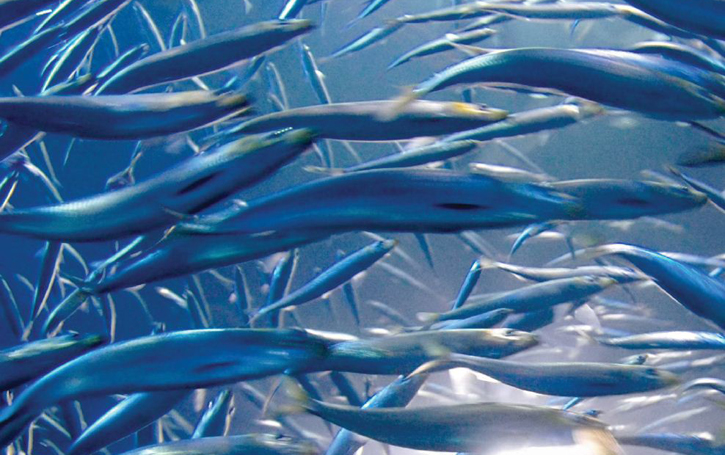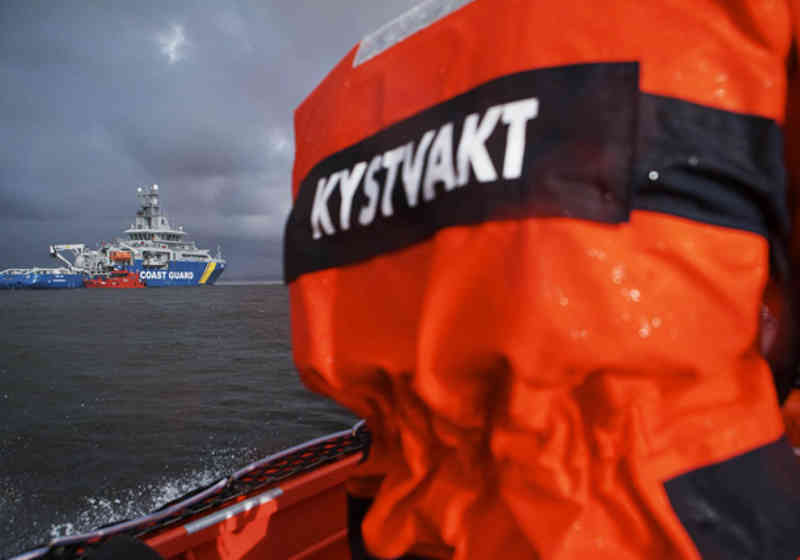We need to negotiate with other countries about more than 90 per cent of the fish in the sea. In the north, Norway negotiates with Russia, and the mixed Norwegian-Russian Fisheries Commission meets once a year in autumn to negotiate primarily cod and haddock quotas in the Barents Sea and the Norwegian Sea. In addition, Norway and Russia also negotiate smaller quantities of other species.
The Commission has established a number of working groups whose task is to monitor the annual agreements between Norway and Russia. These groups may work on joint control measures, joint regulation measures such as equipment use and conversion factors or other matters on which the Commission has agreed to work on. North east Atlantic cod and haddock are joint stocks that initially are divided equally between Norway and Russia. In addition, the two countries agree on how much fish so-called "third countries" can fish.
"Third countries"
These are countries that do not have direct coastline to the sea they fish in, but whose rights to fish in the area have been recognized through history. In the Barents Sea and the Norwegian Sea several European countries and the Faroe Islands have historically fished in the area and are examples of such third countries.
The historical rights are based on the fishing these countries practised before Norway and other countries introduced 200 nautical mile economic zones in 1977.
The EU fleet
As already mentioned, fishing vessels from many EU countries have fished on the rich fishing banks in the Norwegian Sea and the Barents Sea for many years. However, north of 62° N the historical rights based on the quotas agreed between Norway and Russia apply.
In the south, the North Sea and Skagerrak, the EU must negotiate with Norway to establish annual fisheries agreements. These are often more difficult negotiations than those between Norway and Russia. This is primarily due to the fact that Norway and the EU have different management policies in some areas and that the distribution of resources between Norway and the EU is more complex than is the case between Norway and Russia. Norway and the EU must negotiate on many different species where the distributions of species between the parties will be different. In addition, the EU negotiators and the European Commission must to try to take account of the different member states' different interests and demands.
As a consequence of the annual fisheries agreements between Norway and other countries, fishing vessels from other countries are authorized to fish all or parts of their quotas in Norwegian waters. The individual contract items regulate this. At the same time, Norwegian fishing vessels will have access to fish in other countries' zones. This is because fish stocks migrate into and out of the various countries' zones and the migration patterns of the different species vary.
Regional management organizations
Although 200 nautical mile zones have been introduced, rich fishing areas are located outside of these. Most famous in our areas are the Barents Sea Loophole between Norway and Russia and the far larger Smutthavet (Loop Sea) between Norway and Greenland. However, agreements regulating fisheries have also been introduced here.
In the North Atlantic, there are two such regional management organizations. The North East Atlantic Fisheries Commission (NEAFC) in the east, the Northwest Atlantic Fisheries Organisation (NAFO) to the west. Most coastal states on both sides of the North Atlantic and the EU are members of these two organizations and are bound by the regulations the organizations agree on.
Port State Control
An important tool for the effect of the regulation of international areas outside the country's economic zones is the port state control, also called the port state control regime. This is a set of agreements adopted by the FAO (UN Food Programme) that many countries are bound by. The agreement makes it very difficult for "unwanted" fishing vessels to fish in international waters and sell their catch in the ports of countries that have signed the agreement. Port state control requires that all fishing vessels wanting to land catches in countries other than where the vessel belongs, on request must prove that the catch on board has been legally fished. In addition, the state in which the vessel is registered (flag state) must notify the authorities of the country where the catch is to be landed to confirm that the information provided by the vessel is correct. Thus, vessels with illegal and unregulated catches on board will be refused to land their catch.
Control Agreements
Besides the annual fisheries agreements governing the proportion each country should have of a common resource, Norway has entered into so-called control agreements with most countries with which we have fisheries cooperation. These agreements may for example say something about cooperation on control of the fishing fleet, the exchange of information and mutual exchange schemes.
Written by Olav Lekve.

